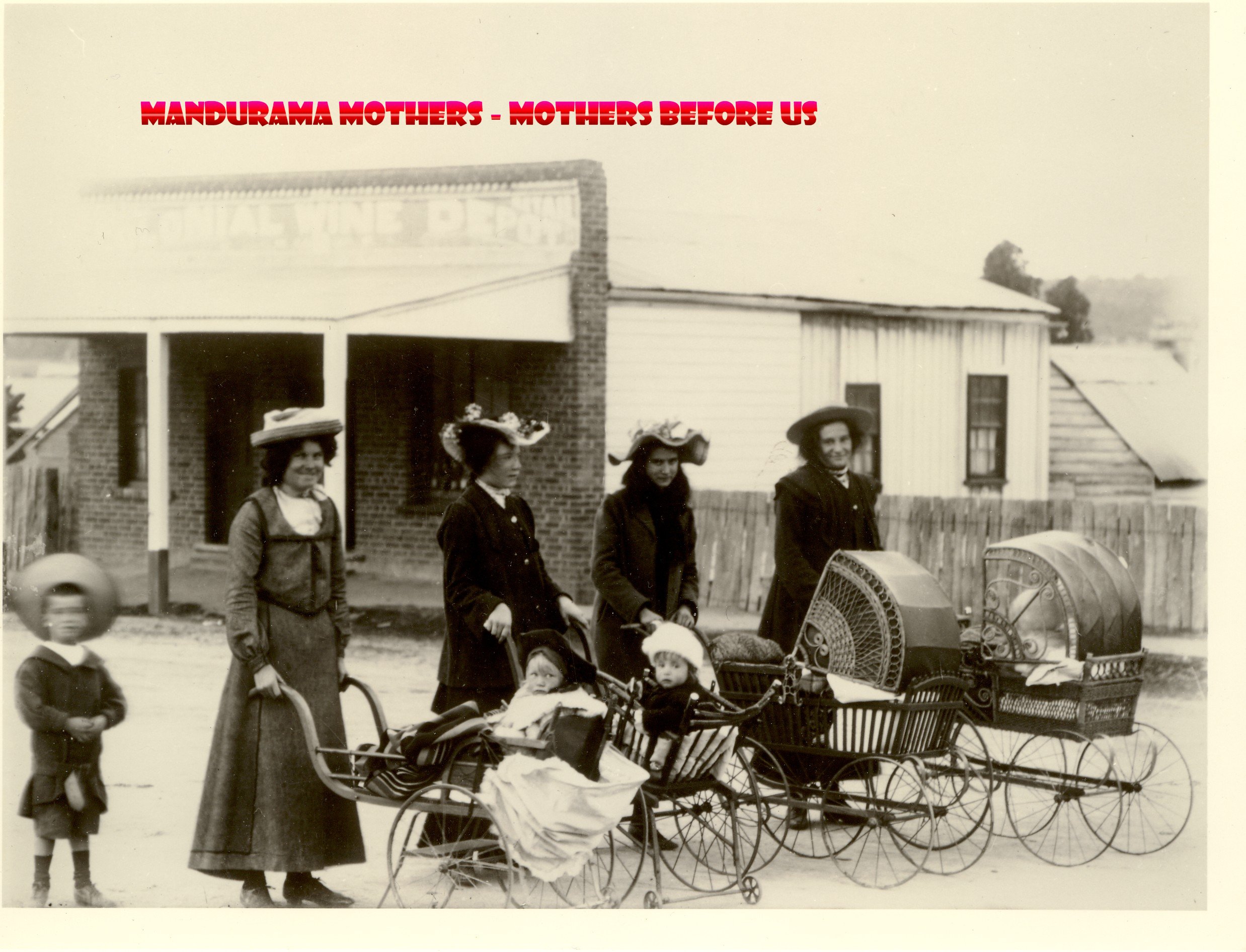A Feminist Public Ethic of Care Meets the New Communitarian Family Policy, 2001, Eva Feder Kittay, Ethics, Vol. 111, No. 3 (April), pp. 523-547
| (Introductory
paragraphs) Feminists have had an uneasy relationship to
communitarianism. On the one hand, many feminists have shared some of
the communitarians' critiques of liberalism. With communitarians, many
feminists have criticized liberalism for its individualism, voluntarism,
and reliance on rights. Both communitarians and feminists have stressed
traditional social and familial arrangements, whether or not they are
voluntarily entered into, that confer on us (or lock us into) duties and
obligations. In different ways, both sets of critics pointed to the
shortcomings of rights discourse in resolving familial disputes and
promoting community. That is, it often fails in major settings in which
people develop and thrive.
The preference for an only slightly updated version of the traditional
nuclear family is invoked for the sake of children: "Communitarians
believe that the highest social value should be placed on parent-child
relationships and the fostering of a child-centered society." 1I The
preference for a single family form, one which has traditionally been
oppressive to women, and even the call for society to be
"child-centered," must give feminists pause. I shall argue that these
resolutions land the new communitarians back in the position of the old
communitarians. But the new communitarians have access to political
decision making that the older communitarians could not dream of. Some
leading figures of the new communitarians, such as William Galston, have
been involved in policy-making positions in the Clinton administration.
A Democratic presidential candidate has professed some degree of
adherence to the new communitarianism, as have many New Democrats. Given
the scope of their influence, an examination of the relation between
the new communitarians and feminism, especially with respect to policies
that most affect women and the family, is of more than academic
interest. If feminism has long faced an assault from the Right, the new
communitarians, with respect to their position on the family, pose a
potential challenge from the Left. This article engages some of the
considerations that have prompted their position. It reveals that their
resolution to these problems include presuppositions that have pervaded
political philosophy and have made so much political thought
inhospitable to crucial feminist concerns. And finally it offers an
alternative way to address these concerns, along with specific
recommendations for public policy.
| |


